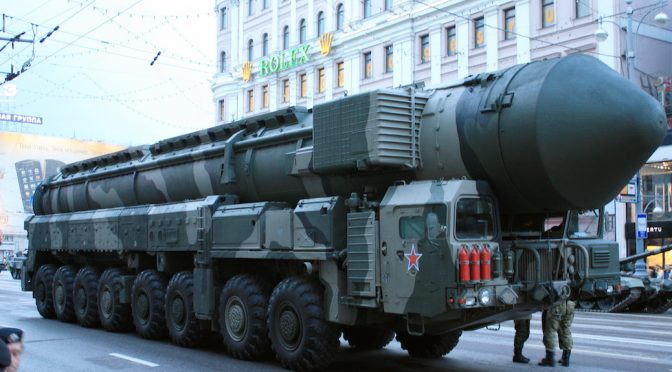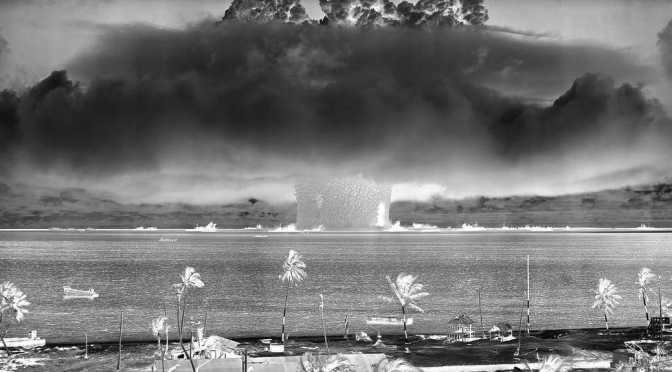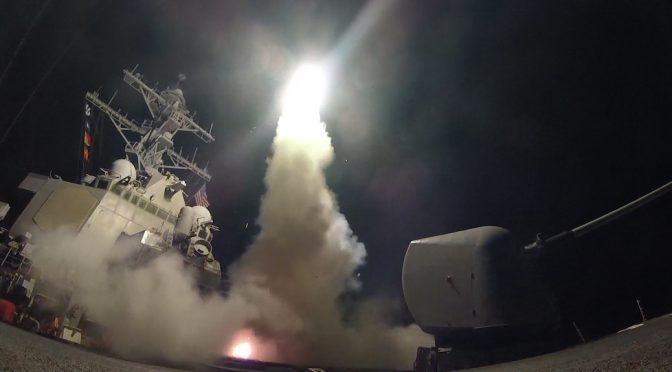Tensions between the United States and Russian Federation have spiraled in recent years and the outlook for the bilateral nuclear arms control regime has become ever more grim. Comparisons to the early 1980s Cold War are common. Now, as then, Washington and Moscow are geopolitical adversaries. A key arms control agreement has been abandoned. Nuclear… Continue reading Nuclear Arms Control: Coming Back from Oblivion, Again
Category: Vol. 10 No. 2
Shaking the Rust Off the Comprehensive Nuclear-Test-Ban Treaty Ratification Process
This article provides an analysis of the benefits a Comprehensive Test-Ban Treaty and its ratification process would have on international norms, order, and the prosperity of all States involved. In a comprehensive call to action, Matsick recommends an insightful four-sided bargain by four of the largest nuclear powers that would suppress strategic fears and argues… Continue reading Shaking the Rust Off the Comprehensive Nuclear-Test-Ban Treaty Ratification Process
Requesting a Challenge Inspection Against Syria Under the Chemical Weapons Convention: Venturing into Uncharted Territory
In response to the April 2018 chemical attack in Syria that killed more than 40 people, the United States, France, and Britain launched more than 100 missiles targeting three suspected chemical weapon storage and research facilities. However, subsequent reports have raised questions concerning the accuracy of the intelligence regarding these facilities. Rather than conducting this… Continue reading Requesting a Challenge Inspection Against Syria Under the Chemical Weapons Convention: Venturing into Uncharted Territory



